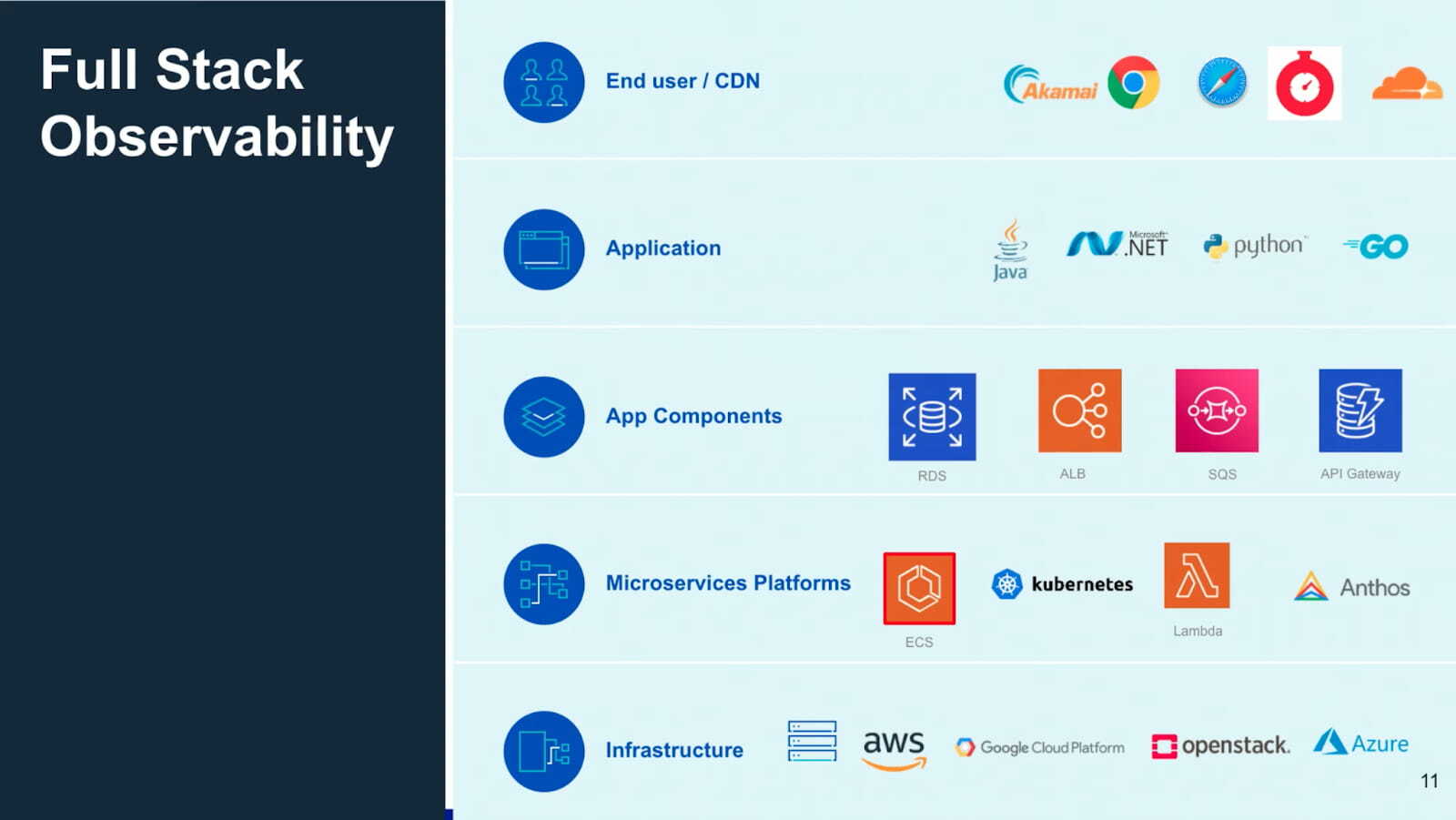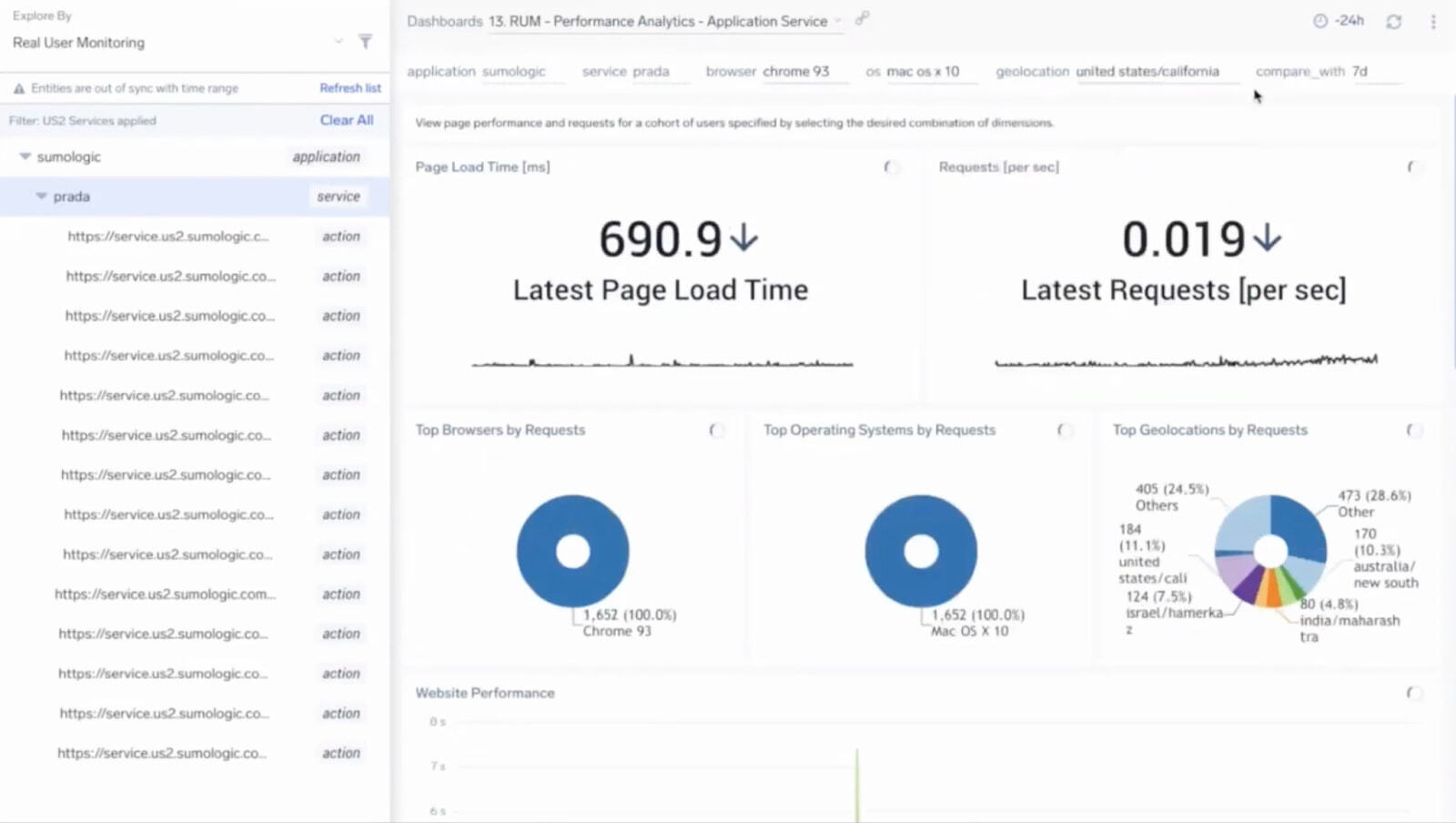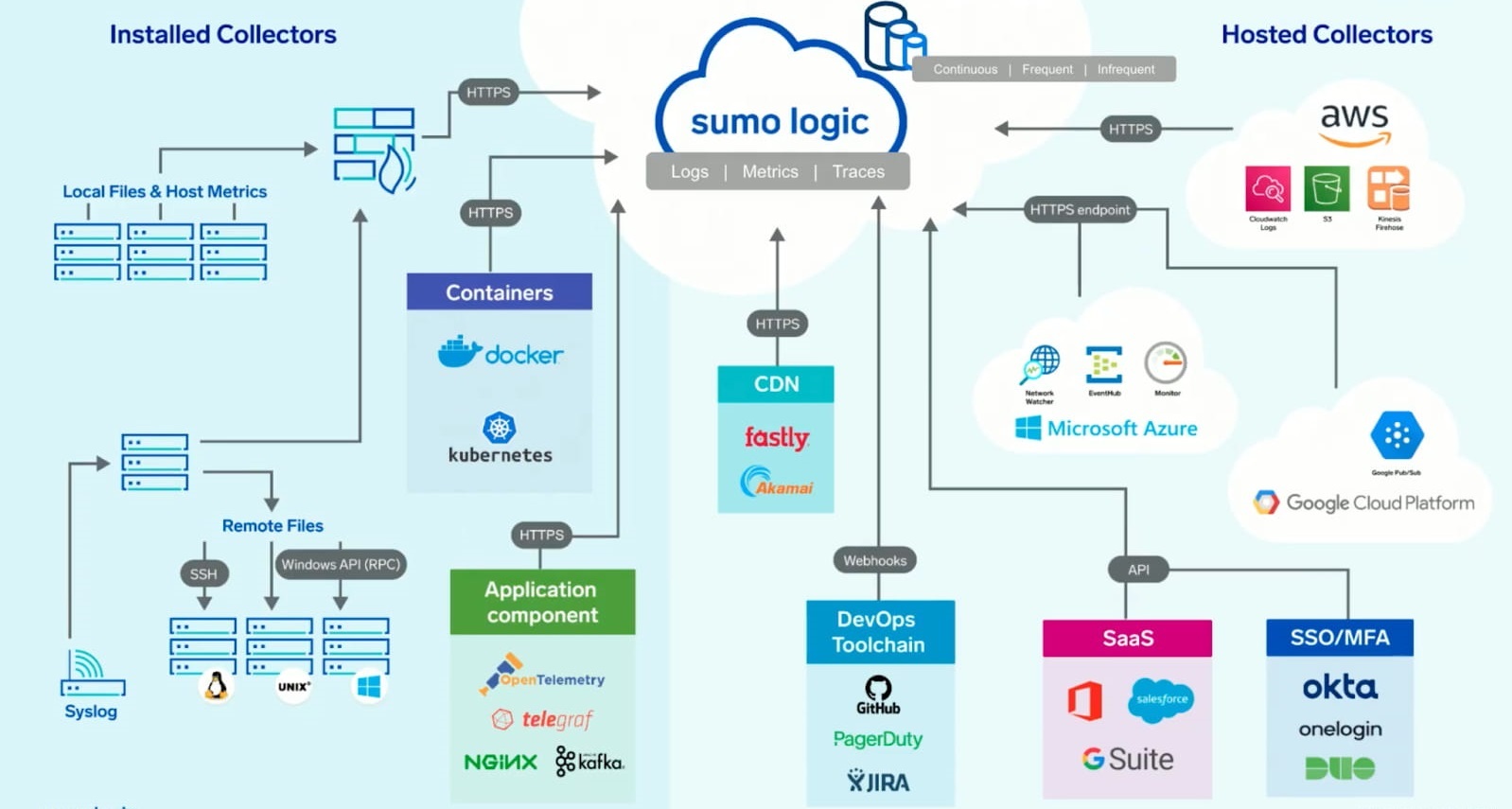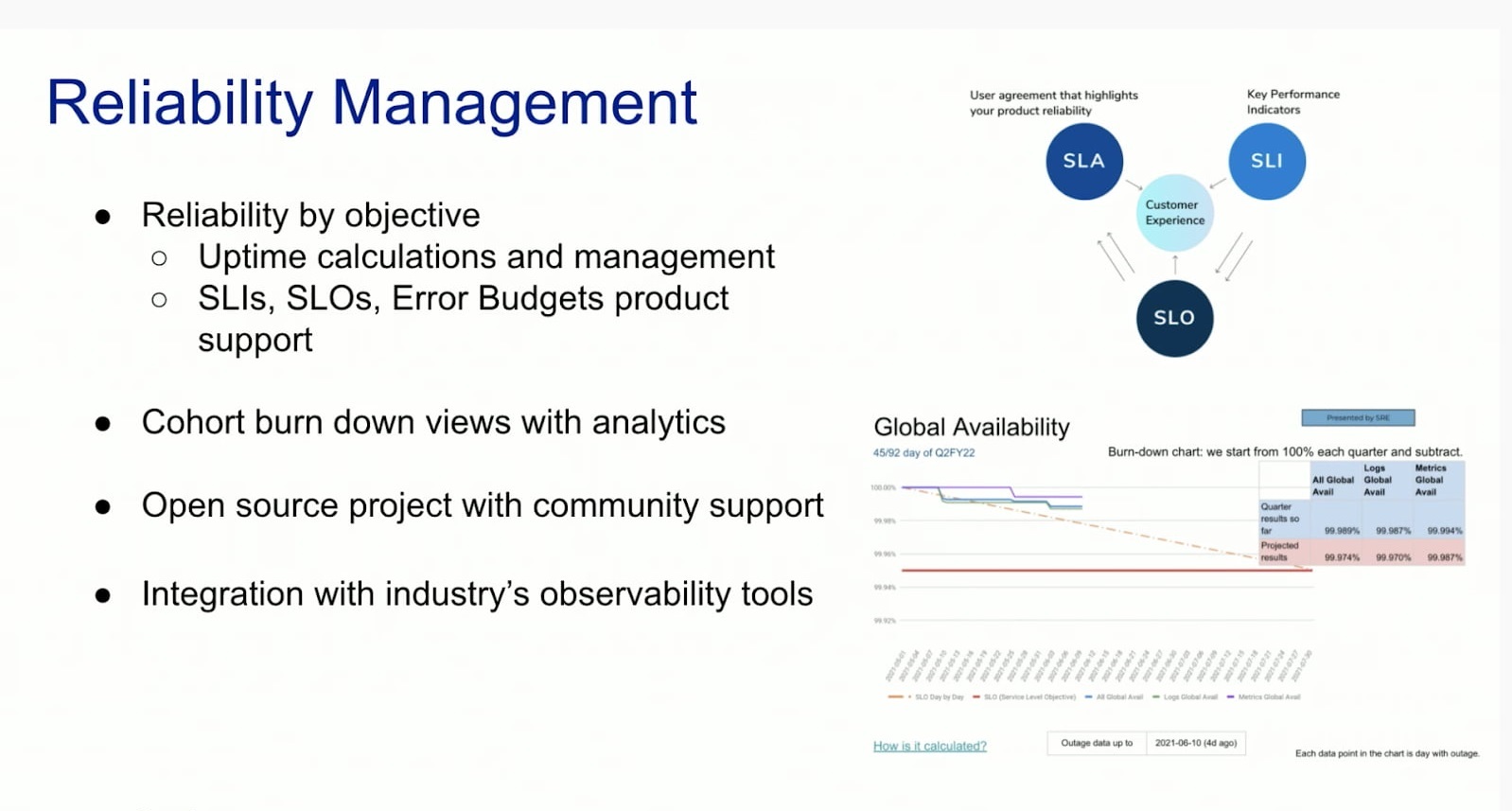
Get the report
MoreNovember 30, 2021
Technology environments are rapidly evolving as organizations look to remain competitive, accelerate innovation and make themselves more agile. But in the process, many of the observers, i.e., stakeholders who track infrastructure and application metrics, are falling behind, unable to monitor and manage modern, cloud-native apps and multi-cloud environments due to the complexity that comes with them.
During the recent Sumo Logic Illuminate User Conference, Erez Barak, Vice President of Observability Development, shared his team's plans to help observers monitor and manage cloud-based, hybrid and native applications with full-stack observability. In his presentation, Erez covers product investments, including:
Going beyond logs, metrics, and traces into full-stack observability and real user experience;
Delivering integrations that provide visibility into more components of the application;
Leveraging machine learning and big data to create delightful observer experiences.
Observability requires real-time monitoring across the modern technological stack—including users, applications, cloud and container infrastructure, and other components. To help DevOps and IT teams develop a deep understanding of their highly distributed application topologies and dependencies across domains, enterprises must collect high fidelity telemetry—metrics, events, logs, and traces (MELT). This data provides in-depth visibility into the behavior, performance and health of their application and supporting infrastructure.
Full-stack observability technologies are grouped into five layers. Arguably, the most important layer is the "last mile," including the end-user experience or the content delivery network (CDN).

Real User Monitoring (RUM), or browser monitoring provides insights into how end-users experience your web application in their browser.
Powered by OpenTelemetry, RUM uses JavaScript code executed in the browser to determine how long activities, such as Time to First Paint or Time to Interactive (TTI) take. RUM enables observers and developers to understand high-level KPIs related to the performance and rendering of their pages. It also allows the inspection of each transaction’s end-to-end progress, with data from the browser tied to every service and back-end application call.
Sumo Logic uses RUM to ensure the reliability and performance of our SaaS-based service by better understanding our customers’ experience.

Observers can also look at different user cohorts to understand their performance as a group. For instance, you can focus on the application experience your NA-EAST users are having, then further refine that group to understand the differences between users running Chrome and those running Safari. This information helps performance engineers optimize application network traffic and browser execution to improve the user experience.

Out-of-the-box solutions
Sumo Logic's simplified out-of-the-box solutions accelerate the observer’s ability to quickly and efficiently monitor infrastructure, applications and end-users.
Supported apps include web tier tools, such as HAProxy, Varnish and NGINX, as well as messaging tools like Apache Kafka. Various types of database management systems include Redis, PostgreSQL, MongoDB, Cassandra, SQL Server, MySQL, and many others. Sumo Logic Global Intelligence helps users benchmark their performance compared to others in the industry.
Organizations that use cloud and container platforms, such as GCP, AWS, Kubernetes, and Azure will also find ready-made Sumo Logic observability solutions. This ensures that organizations using these underlying platforms have the visibility they need in cloud, multi-cloud or hybrid environments.

Too many alerts are a significant pain point for DevOps practitioners. Sumo Logic’s new Alert Response solution automatically surfaces relevant contextual information related to a failure.
One unique aspect of Alert Response is the use of big data and machine learning to drive resolution to an issue quickly by providing the details needed to identify the root cause. Some of these signals are found by looking through terabytes of logs to identify changes in log patterns or signatures that help explain the underlying issue.
Other signals address anomalies in metrics and trace data relevant to the alert given. Others compare local performance and KPIs to anonymized Sumo Logic customer cohorts to surface abnormalities in data reported by various entities.
The next big focus area for Sumo Logic Observability is reliability management to improve infrastructure monitoring, application management, and observability experiences. The goal is to refocus attention from individual KPIs to broader service level indicators (SLIs) to help observers manage very large, complex systems and ensure that their service level objectives (SLOs) can be met. This service-level orientation allows teams to address unreliable applications by using SLIs and SLOs to objectively calculate adherence to the SLA. To make this easier for teams, we plan to support the OpenSLO specification which will help ensure broad compatibility and provide out-of-the-box dashboards and widgets. Reliability management will also entail cohort burn-down analysis and open-source project community support.

Sumo Logic Application Observability provides coverage for all of your data—including performance metrics, logs, and events, as well as distributed transaction tracing—on a highly-scalable, secure, and cost-effective analytics platform. The Sumo Logic Observability team is focused on three primary areas to give customers the visibility they need:
Breadth and depth of coverage
Deep application understanding
Productive experiences to make the observer’s life easier
We are excited to continue to deliver on our roadmap so observers have visibility across their infrastructure and applications and can deliver first-rate experiences to their end customers.
Reduce downtime and move from reactive to proactive monitoring.
Build, run, and secure modern applications and cloud infrastructures.
Start free trial